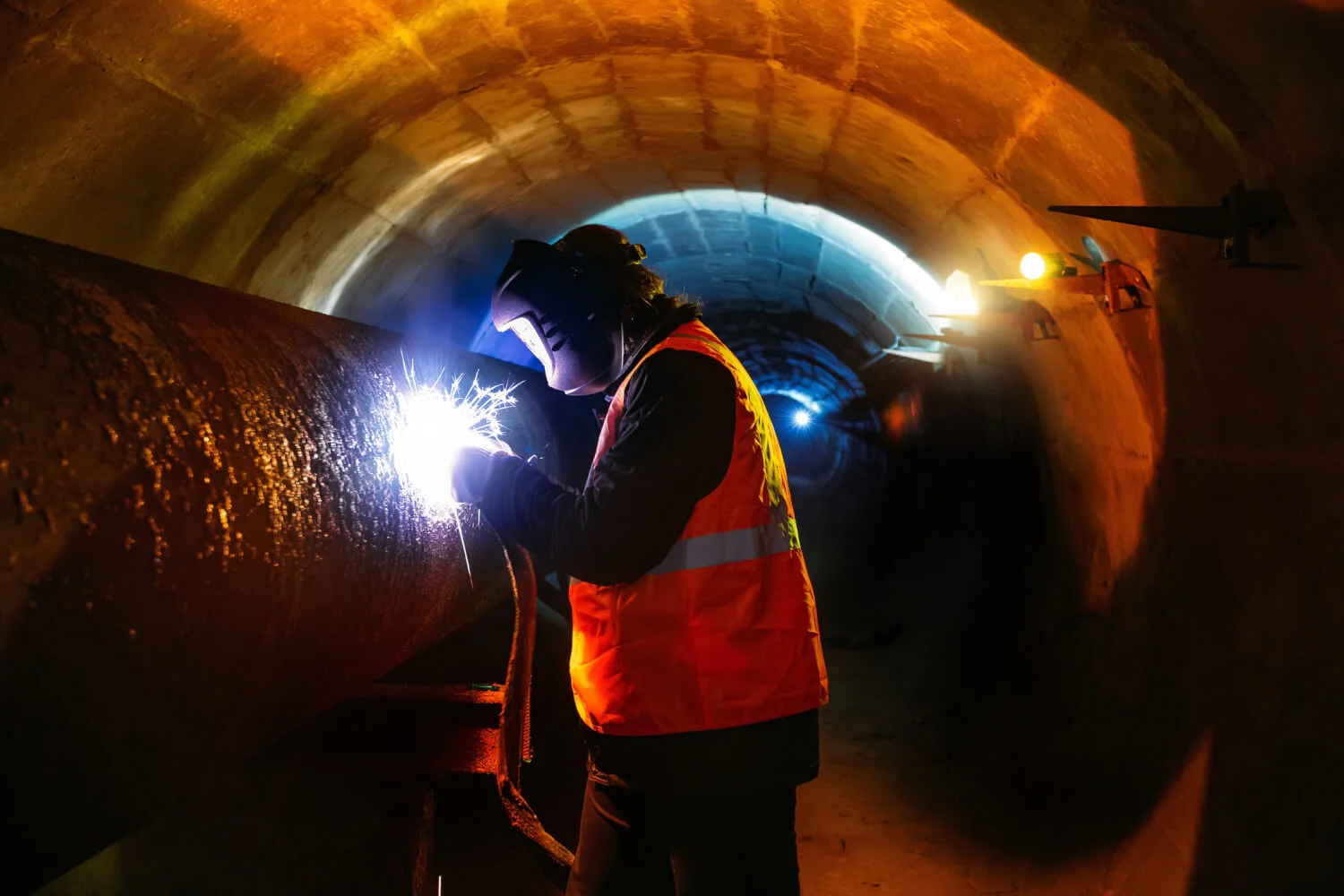According to the International Water Association, more than 400 billion liters of potable water are lost through leakage each year, largely due to ageing and crumbling infrastructure. Furthermore, while a one-day water mains break will lose roughly 75 thousand liters of water, an unreported service connection break can lose more than 4.5 million liters of water during the six months that, on average, it takes to be discovered. From reservoirs to water mains to indoor plumbing, leaks can spring up anywhere along water’s piped journey, costing time, money, and resources, and it’s never been more critical to conserve water. The UN estimates 2.3 billion people already live in water-stressed countries and globally, water use is growing at more than twice the rate of population increase.
This is not great news for municipalities and other concerned parties, who are dealing with the double whammy of increasing urban populations and the resulting water stress. So, what can be done to address the challenges around this increasingly scarce resource? This is where IoT can make all the difference.
There are any number of benefits in using IoT to better manage water systems. Here are just six of the top takeaways:
- Better transparency
- Fewer incidents
- Enhanced control
- Data-based decision making
- Cost control
- Improved sustainability
Utility companies are of course already widely using IoT for digital metering solutions, but IoT water leak detection technology can play an invaluable role for facility owners and operators in developing a comprehensive plan for mitigating leakage. Advancements in IoT technologies such as LPWA (low-power, wide area) allow for the efficient management and maintenance of ageing water supply infrastructure through remote monitoring.
